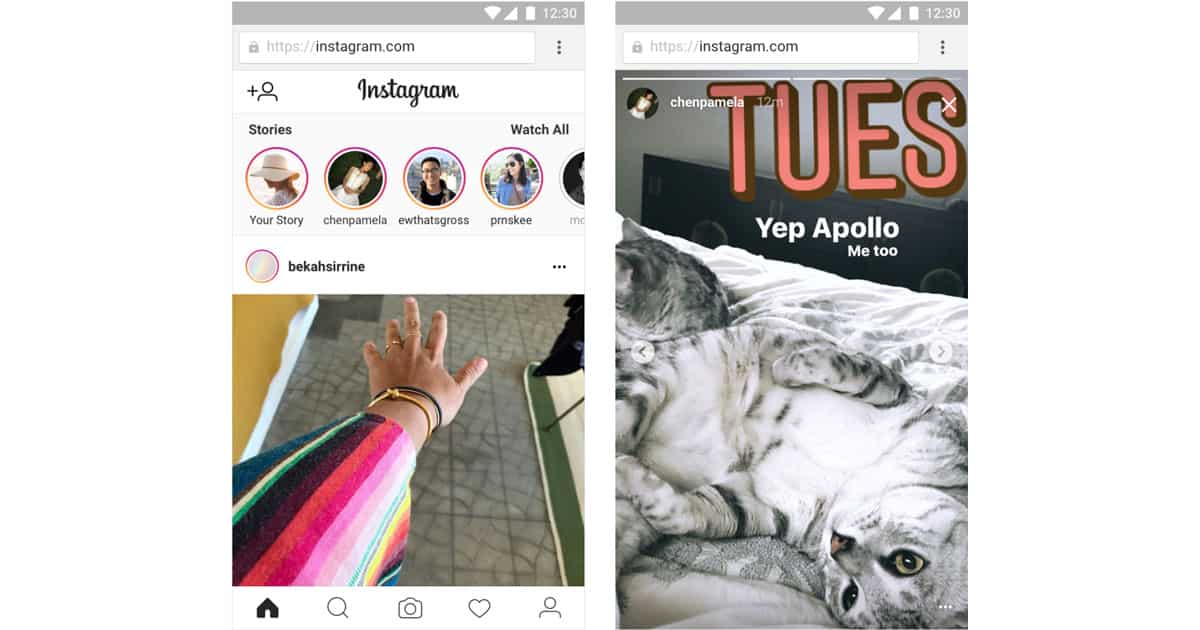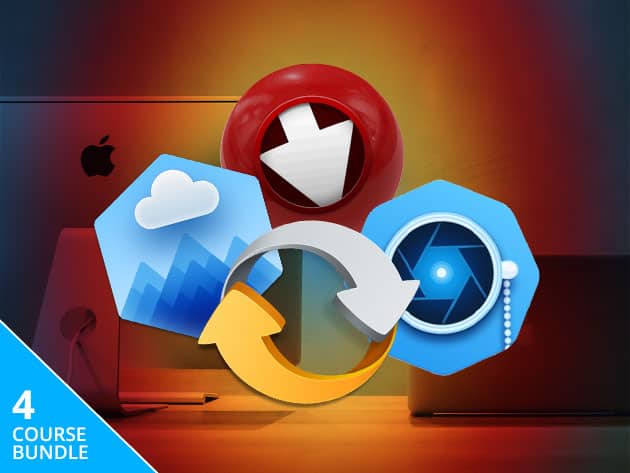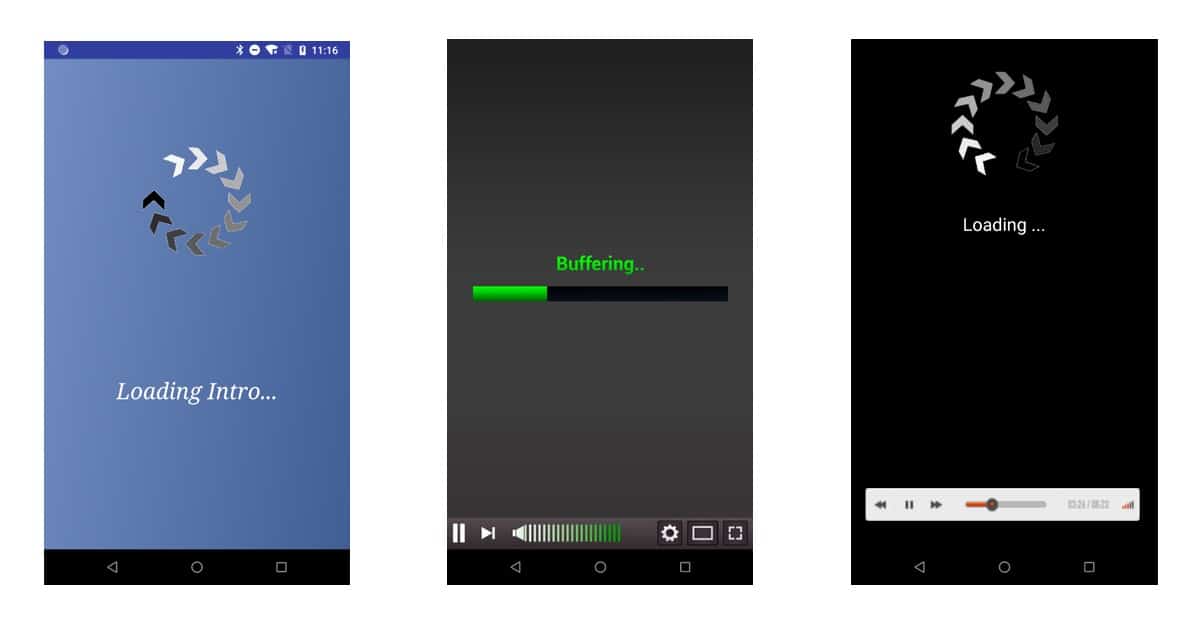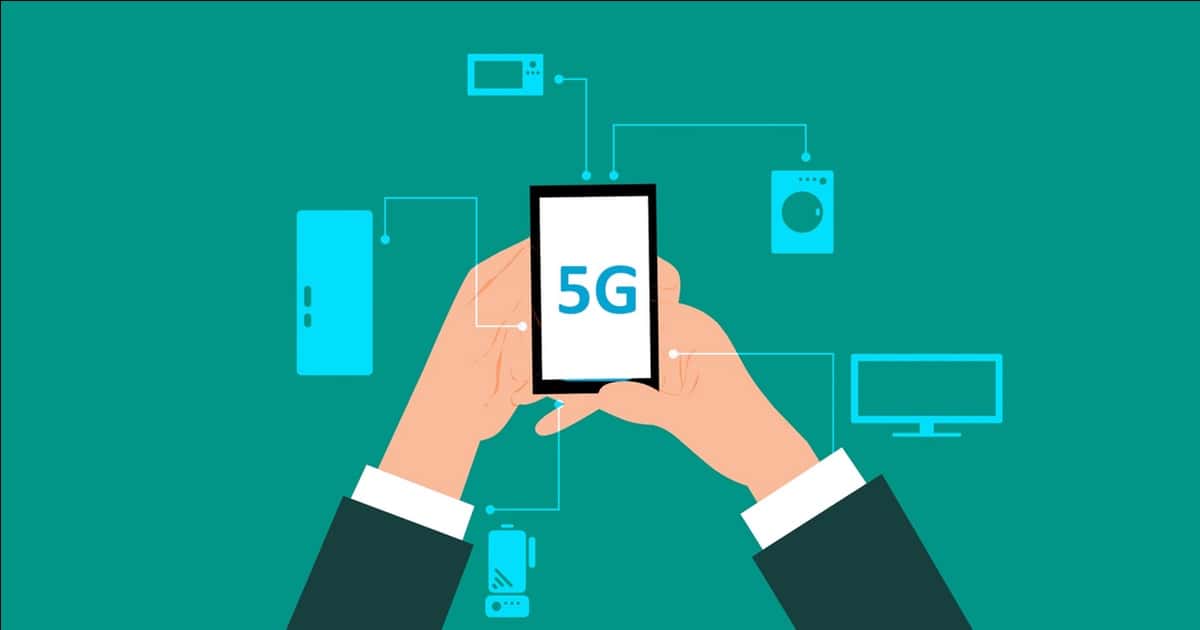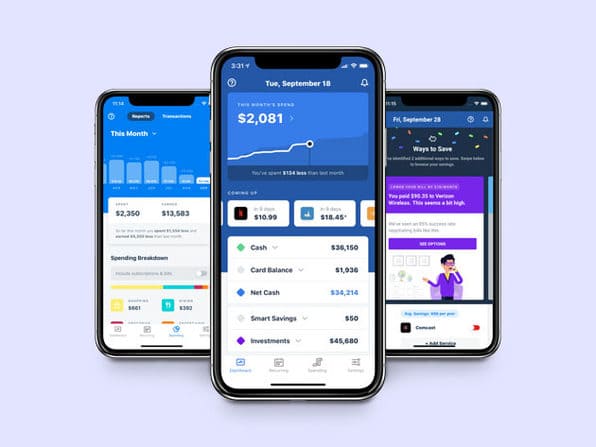At one time, five years ago, curved TV screens were all the rage. Every TV manufacturer jumped on the bandwagon, fearful of being left out. Today, we know it was a fad. A folly. A technical dead end. Recently, ars technica took us back in time, via Twitter, to their prescient analysis. After a good technical roundup, “The flat-out truth on curved TVs” ars concluded:
The mishmash of arguments for a curved TV isn’t necessarily an indictment of the value of curved TV. This would not be the first time that manufacturers obscured the technical or scientific reasons for a decision because they think it’s too hard to explain to consumers. It may be easier to latch onto words like “immersive” and “theatrical” and hope no one asks the hard questions.
But, it would also not be the first time that manufacturers assigned value to some spec based on the idea that it qualitatively improved a viewing experience in some way, only for consumers to find the end result is underwhelming and, more importantly, not worth paying for.


